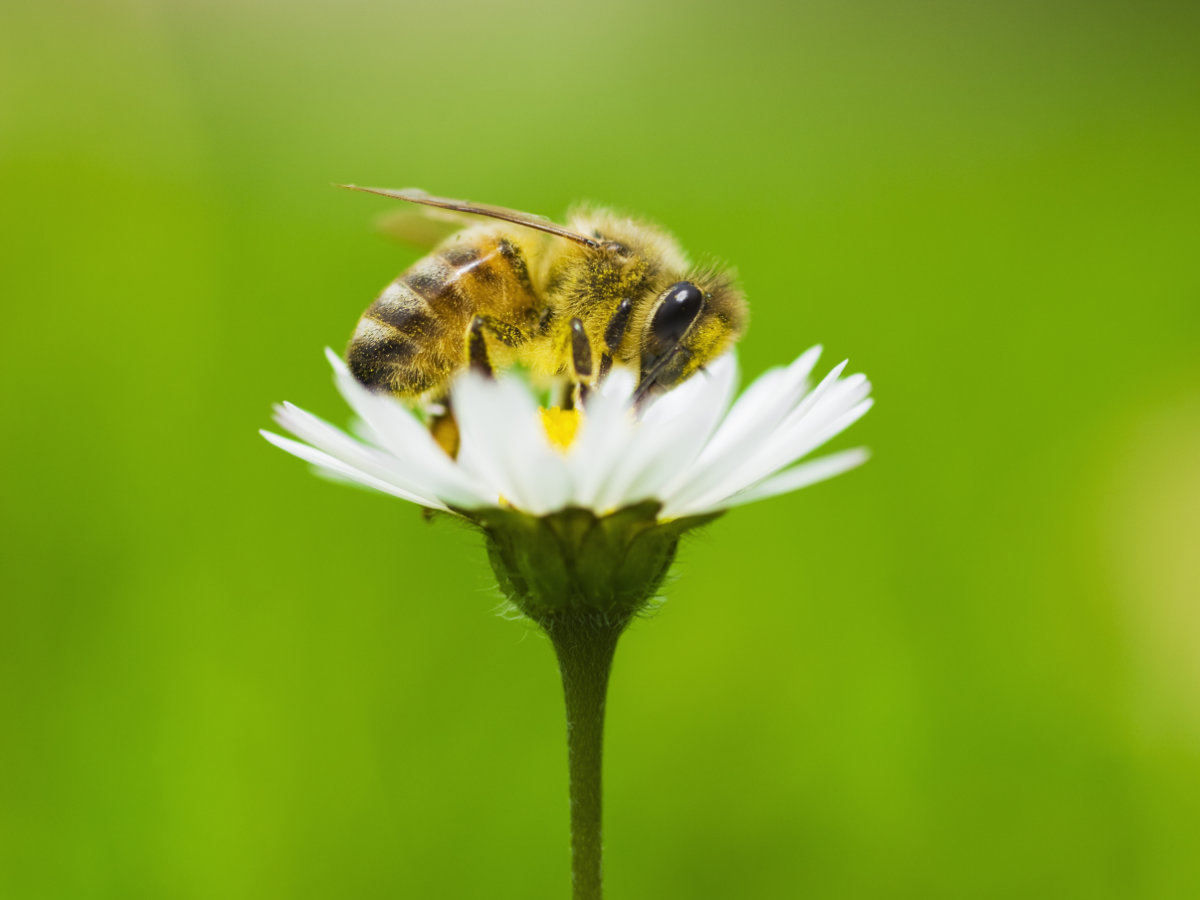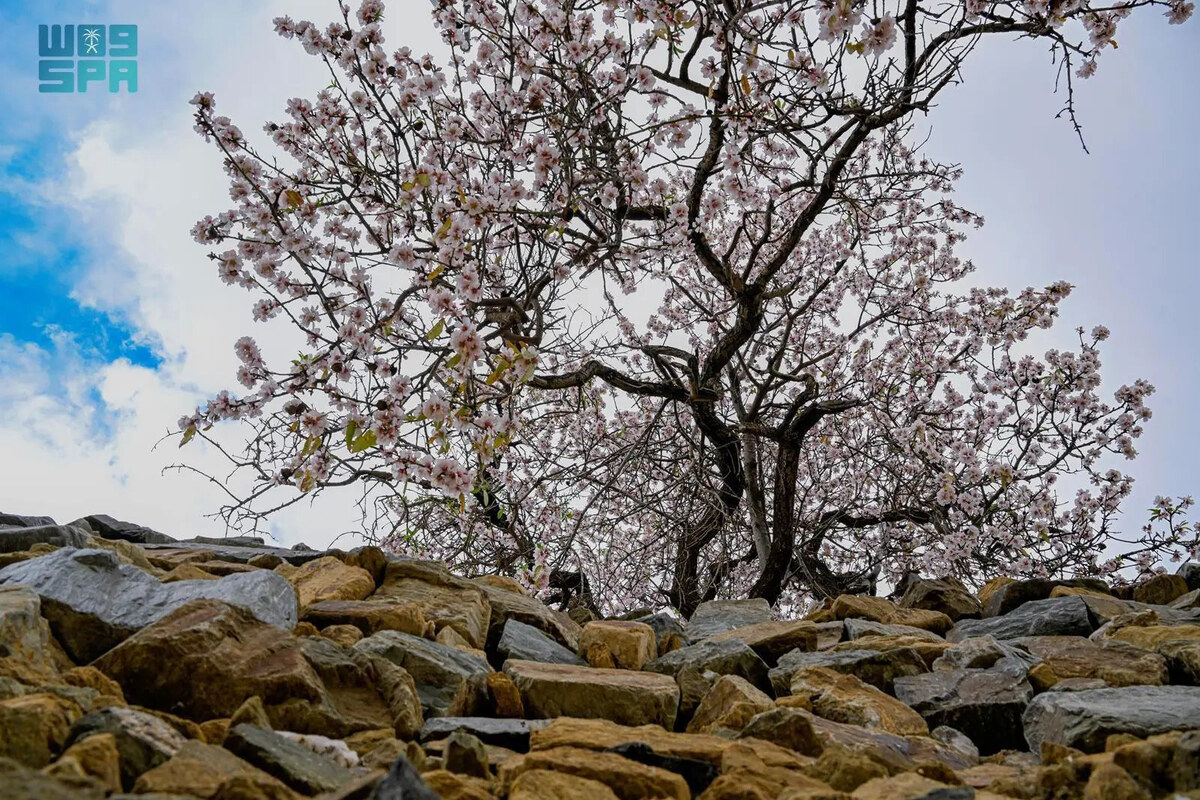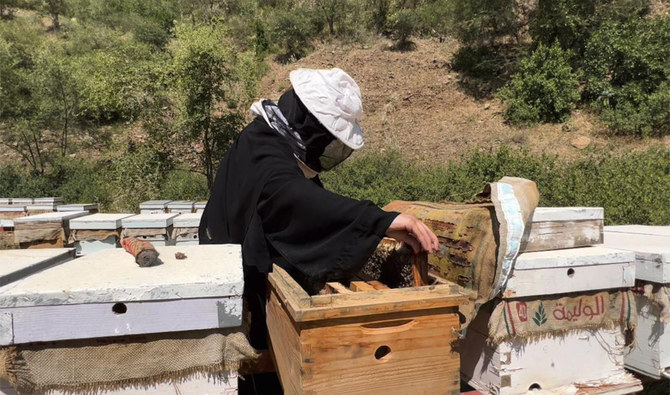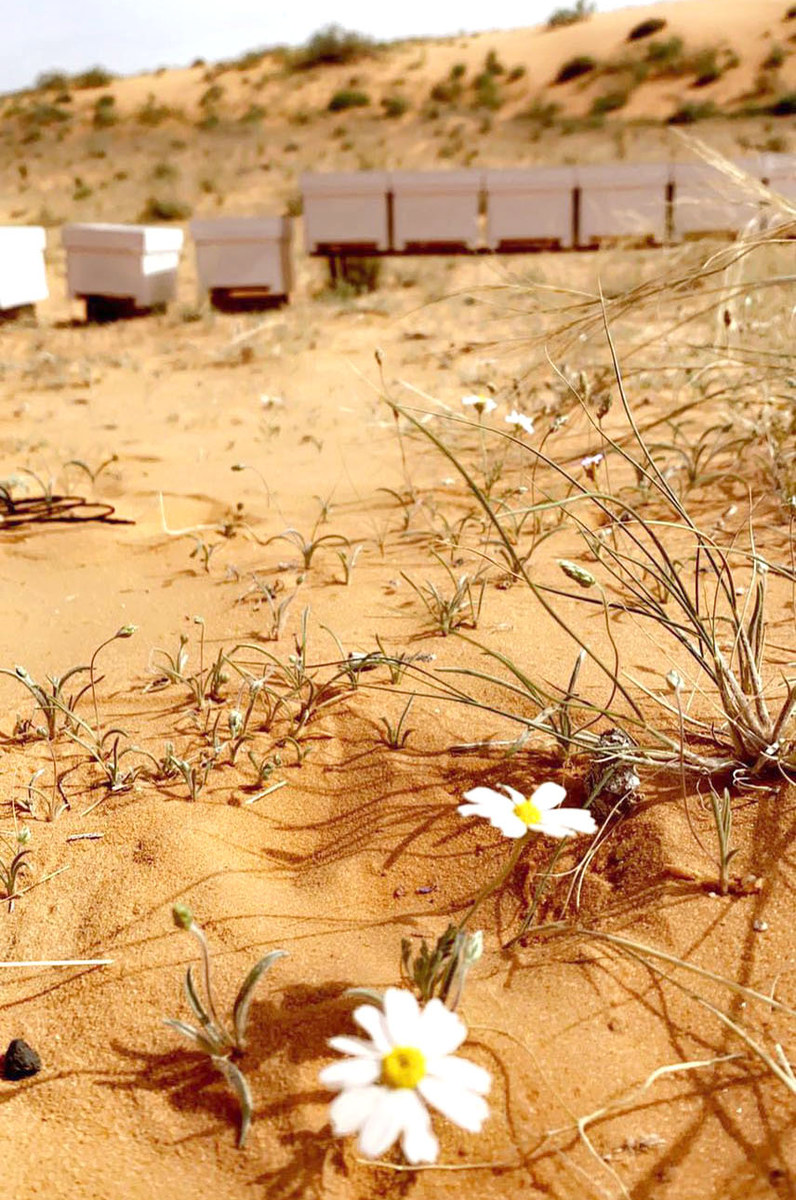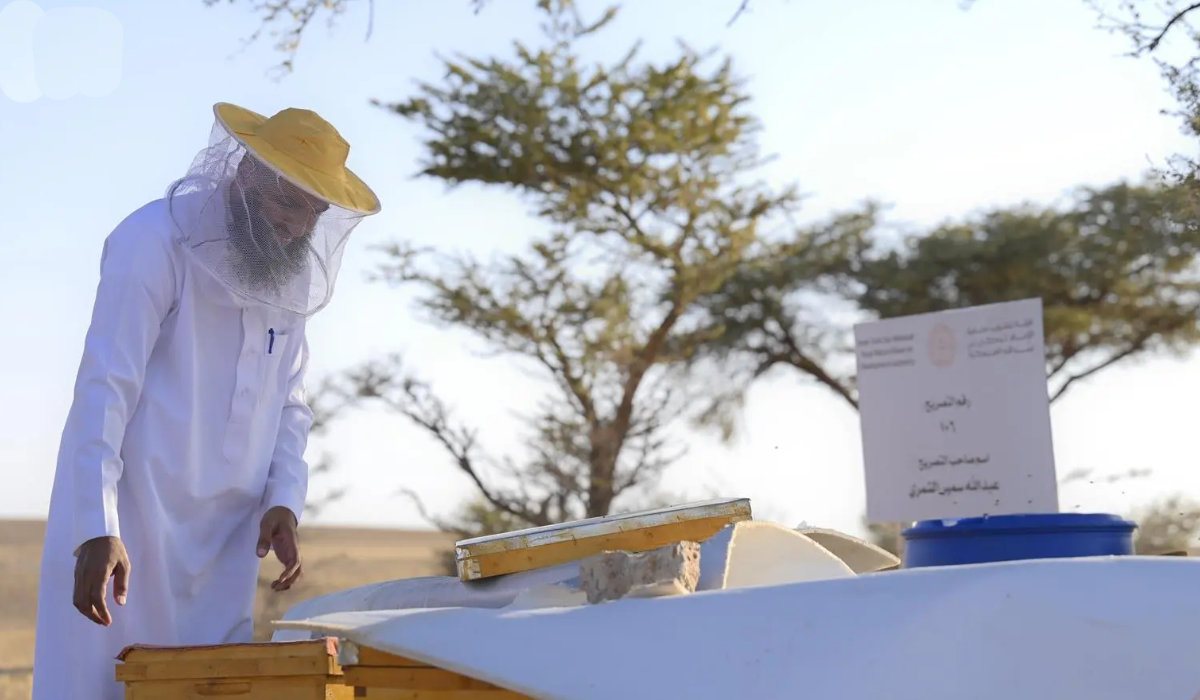MAKKAH: Two hundred survivors and relatives of victims of March’s massacres at two mosques in Christchurch, New Zealand, are undertaking the Hajj pilgrimage in Saudi Arabia to “pray for the martyrs.”
“I want the world to know who Atta Elayyan was,” said 27-year-old Farah Talal, dressed in a green djellaba robe and an elegant white scarf during her visit to Islam’s holiest city.
Her husband Atta was among 51 people killed when a white supremacist attacked worshippers during Friday prayers in the quiet New Zealand town, sparking global revulsion.
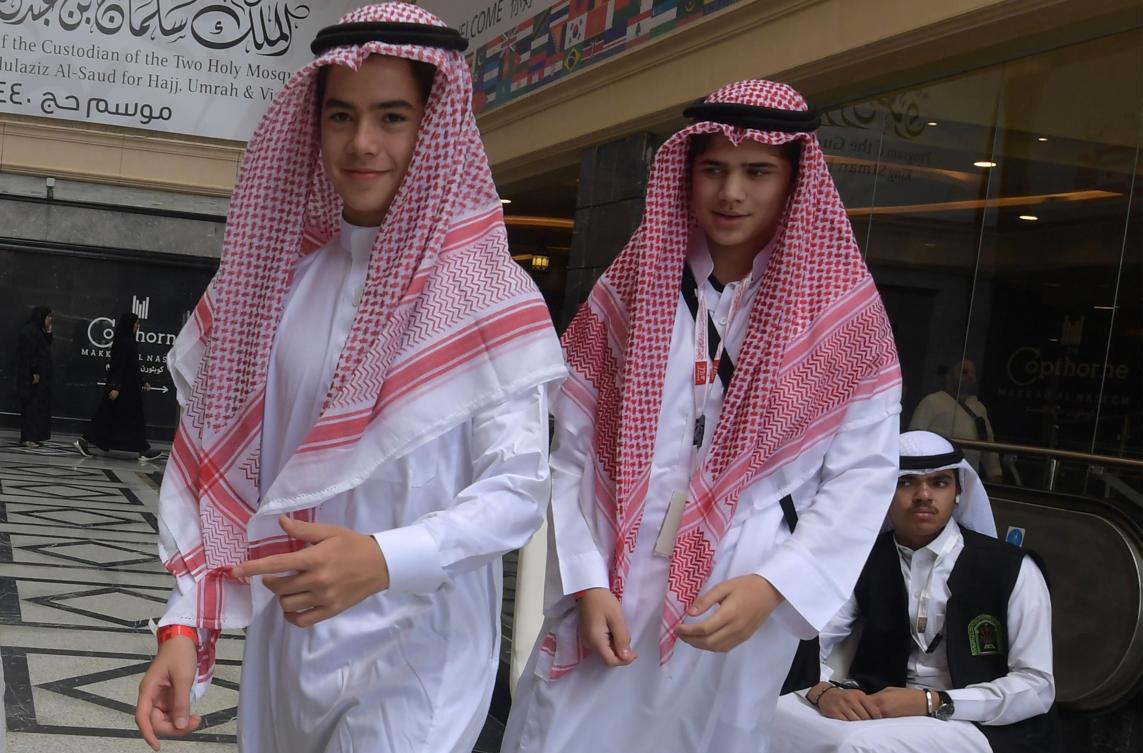
Chouaib Milne, left, and Amir Mohamed Khan, in Makkah. (AFP)
“He was a wonderful person, generous, I want to pay tribute to him,” murmured the young woman of Jordanian-origin who, along with 200 others affected by the massacre, was invited to the Hajj by Saudi’s King Salman.
Authorities have said they hope to “ease their suffering” as part of “the kingdom’s efforts in response to terrorism.”
The survivors and relatives of victims were given a heroes’ welcome as they arrived on August 2.
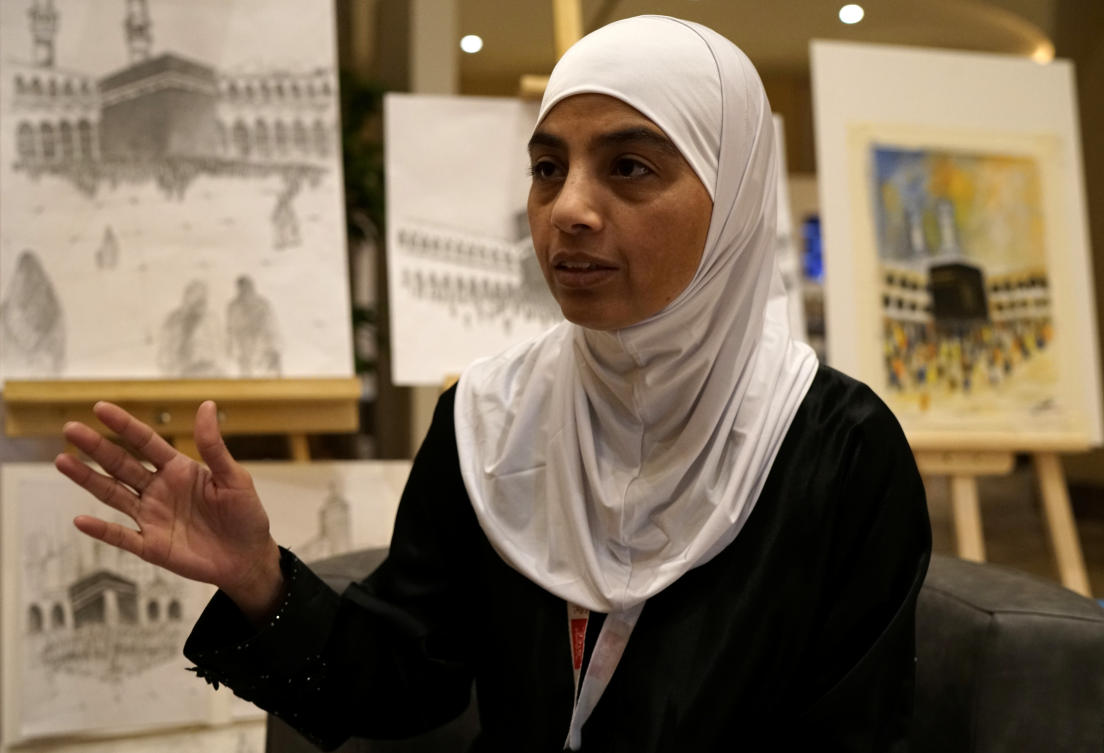
Rana Faraj, the wife of Kamel Darwish, who died during the Christchurch mosque shootings, in Makkah. (Reuters)
They were also greeted by the flashes of press cameras.
The Hajj, the high point of the Islamic calendar, began on Friday.
Drawing in more than two million Muslims from around the world, it will last five days.
New Zealand’s most senior Muslim police officer Naila Hassan thanks King Salman, the Saudi government, and the Saudi people for hosting relatives of the victims, and survivors of the #Christchurch mosques attack #Hajj2019 https://t.co/O0PgPg9uf4 pic.twitter.com/9XlPnxVDk8
— Arab News (@arabnews) August 9, 2019
Atta Elayyan, of Palestinian-origin, ran an app development company and played goalkeeper for New Zealand’s national futsal side. He left behind a two-year-old daughter.
“He gave us the strength to carry on every day. He is a martyr, just like all the other victims of the carnage,” said Talal of her husband in a vast hotel complex reserved for guests of the Saudi royal family.
Amir Mohamed Khan, 14, lost his father Mohammed Imran Khan, a 47-year-old restaurateur originally from India, on March 15 in New Zealand’s worst mass killing in modern times.

Aya Al-Umari, whose brother Hussein was killed in the Christchurch mosque attacks, holds a photo of herself and her brother. (AP)
“I was in school on March 15,” said Khan, his green eyes glistening as he wore a traditional salwar kameez. “I was very shocked, I didn’t have any reactions... I couldn’t believe it... I loved him so much.
“It will be very hard without him, but I’m thankful to be in Makkah today. I’m doing Hajj for my father, to pray for him.”
His friend Chouaib Milne, 16, lost his brother Sayyad Milne — two years his junior — when he was killed while praying in Christchurch’s Al-Noor mosque, one of the two places of worship targeted.
“I was supposed to be at Friday prayers with my brother, but I was on a school trip,” he said, wearing a white salwar kameez, along with a red and white checkered headscarf.
“When I’m at the Kaaba,” the cubic structure in the Grand Mosque that is Islam’s holiest site and toward which all Muslims pray, “I will pray for my brother and do Hajj for my brother,” Milne added.
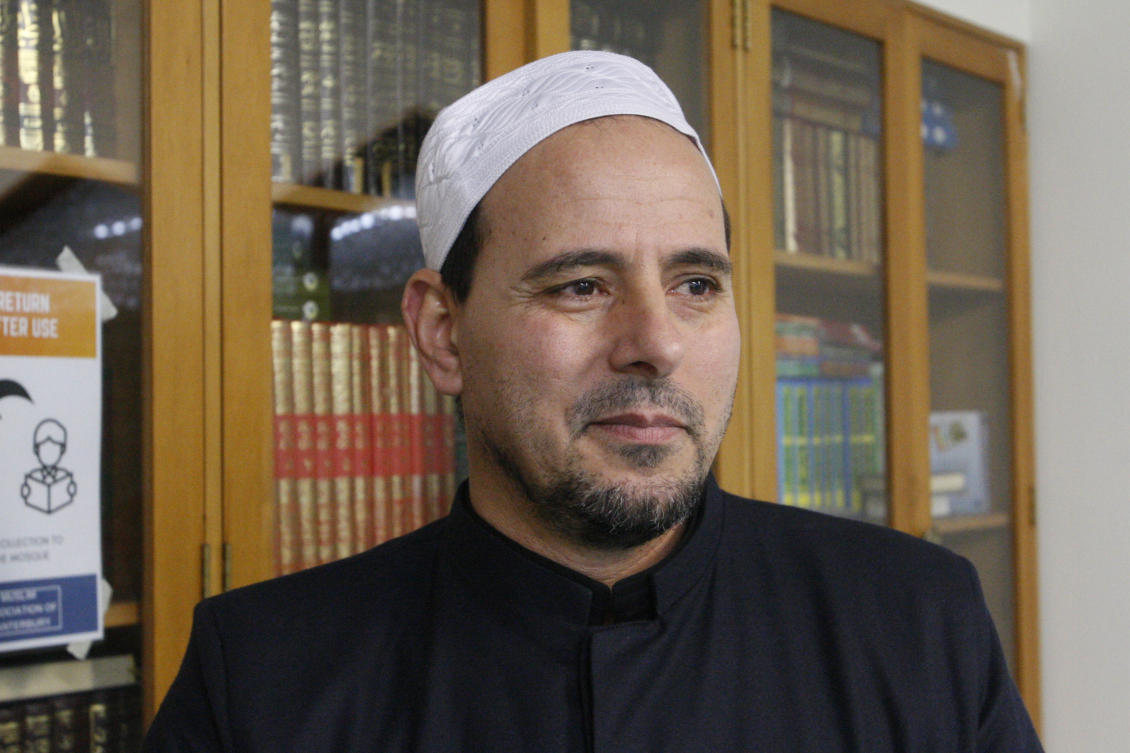
Gamal Fouda, the imam of Al Noor mosque in Christchurch, is among 200 survivors and relatives from the Christchurch mosque shootings who are traveling to Saudi Arabia as guests of King Salman for the Hajj pilgrimage. (AP)
Many Muslims in Christchurch were affected by the bloodshed, in a country where Muslims make up one percent of the population.
Afghan Taj Mohammad Kamran, 47, recounted how the attacker “shot me in my leg (and) after (that) shot one of my friends — he was lost.”
Kamran, his head wrapped in a turban, was shot three times in total and now walks with crutches.
“Before I had too much depression. Now I come here, I relax — all Muslims want Hajj.”




























